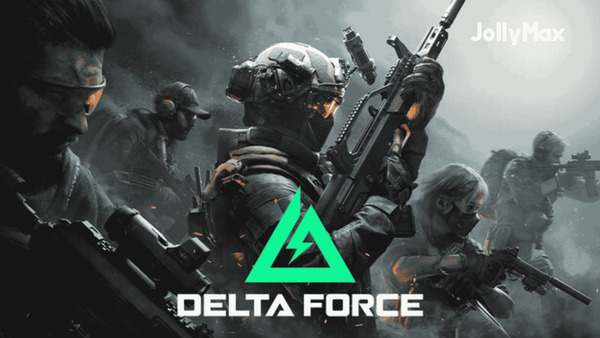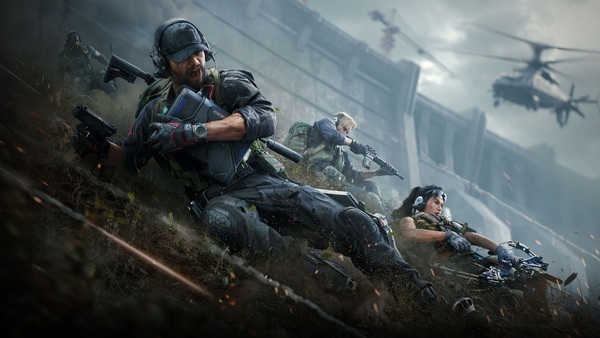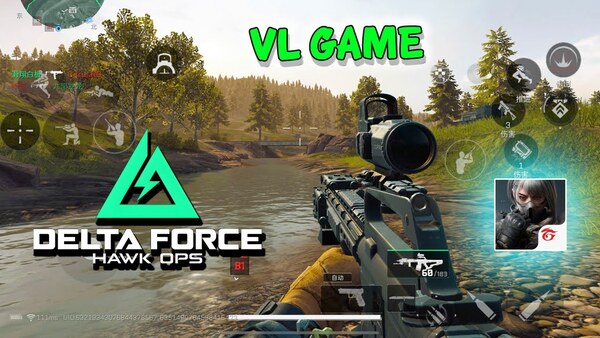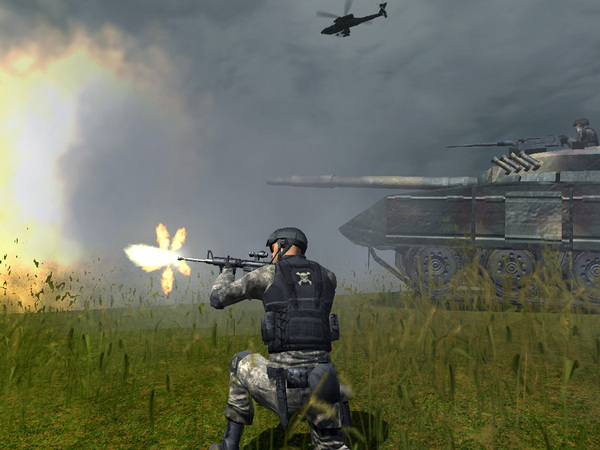Popular Now
Delta Force, developed by NovaLogic, remains a standout in tactical shooter history due to its vast open environments, realistic ballistics, and military precision. While many discussions focus on its weaponry or multiplayer mechanics, one of the most underappreciated yet critical components is the role of terrain and map strategy. Unlike corridor shooters of its time, Delta Force emphasized long-range engagements across sprawling landscapes, requiring players to master movement, concealment, and elevation. This article explores in-depth how map knowledge and terrain mastery become decisive factors in success.
Understanding Terrain: The Foundation of Tactics
Before one can become proficient in Delta Force, understanding how terrain affects gameplay is crucial. The game’s voxel-based engine allowed for massive outdoor spaces filled with hills, valleys, rivers, and buildings, creating a unique dynamic that few FPS games offered at the time.
The Importance of Topography
The rise and fall of the land isn't just eye candy. Hills provide sniping perches, valleys offer concealment, and open plains are death traps if not crossed with caution. Learning how these natural features interact with lines of sight and cover is the first step to battlefield dominance.
Terrain as an Ally and an Enemy
Players who respect the landscape find opportunities for flanking, ambushes, and stealthy approaches. But the same features can trap an unaware player—ridges can block escape, and gullies can become kill zones if not scouted properly.
Elevation and Line of Sight: The Sniper's Domain
In Delta Force, elevation isn't just advantageous—it can make or break an engagement. Since bullet drop and travel time are factors, the high ground offers snipers unmatched superiority.
Strategic Sniper Positions
Choosing a sniper nest isn’t just about height. It’s also about visibility, access to escape routes, and the ability to suppress enemy movement. The best positions are slightly below ridgelines to avoid silhouetting.
Suppression vs. Elimination
Snipers can serve dual roles—picking off enemies or pinning them down to allow teammates to move. Elevation plays into both roles by allowing shots from beyond retaliation range, or creating illusions of omnipresence.
Cover and Concealment: Two Different Things
Players often conflate cover and concealment, but Delta Force punishes this misunderstanding. Effective players treat them as separate tactical tools.
Concealment: Staying Hidden
Bushes, trees, and shadows provide visual cover but not protection from bullets. Using these to stay invisible while moving is key for scouts and snipers.
Cover: Surviving Firefights
Buildings, rocks, and terrain undulations offer protection. Knowing when to trade speed for survivability can determine the outcome of an encounter.
Navigation and Movement: Reading the Map Like a Scout
Delta Force offers players a GPS-style overlay, but it’s not a crutch—it’s a tool for strategic planning. Effective movement demands reading terrain and adjusting to threats dynamically.
The Art of Route Planning
Never go straight to your objective. Instead, choose paths that minimize exposure. Use low ground, natural bends, and terrain shadows to avoid being seen.
Movement Techniques
Crawling, sprinting, and zig-zag patterns all have situational benefits. Mastering when to switch from stealth to speed separates survivors from the fallen.
The Role of Weather and Lighting
Many Delta Force missions occur under different environmental conditions. Fog, rain, and night all play critical roles in altering terrain interpretation and visibility.
Weather as a Tactic
Fog can hide movement but also restrict vision. Skilled players learn to listen more intently and memorize terrain layouts to navigate when visibility drops.
Darkness and Night Vision
Night missions force players to rely on night vision goggles and ambient noise. Terrain changes can be easily misjudged, and map memory becomes paramount.
Using the Map to Predict Enemy Behavior
In Delta Force, understanding the map lets you predict not only where enemies are but where they will be. This is especially important in multiplayer matches.
Chokepoints and Kill Zones
Every map has areas where players must pass through—valleys, bridges, narrow canyons. Setting up ambushes in these locations yields high reward for minimal risk.
Flanking Routes and Loops
Anticipating flanking maneuvers can save your team. Experienced players guard secondary paths to intercept or counterattack enemy scouts and rushers.
Multiplayer Terrain Domination: Control the Battlefield
Multiplayer in Delta Force shines when teams understand terrain control. Owning high ground and key buildings can flip the momentum of a match.
Territory Control Principles
Securing the high ground, rally points, and access paths divides maps into zones. Teams that own more zones dictate the pace of battle.
Coordinated Map Usage
Successful teams assign roles based on terrain mastery: snipers on hills, support near valleys, and point men navigating buildings. Coordination turns geography into a weapon.
Creating Ambush Points and Traps
The open nature of Delta Force maps lends itself perfectly to ambushes. Knowing where to set up and how to bait enemies can turn a solo player into a menace.
Best Ambush Practices
Use dips in terrain and blind corners. Detonate C4 as enemies pass or open fire from multiple elevations for a devastating effect.
Psychological Terrain Control
If an enemy fears a region due to repeated ambushes, they’ll avoid it—even if it's strategically valuable. Use this to redirect enemy flow.
Adapting Terrain Strategy Across Campaigns
Delta Force campaigns span desert, jungle, arctic, and urban environments. Each has its own terrain logic and demands tailored tactics.
Desert Missions
Few places to hide. Learn to move quickly between dunes and use elevation for visibility without exposing yourself unnecessarily.
Jungle Missions
Dense foliage provides concealment. Flanking becomes easier but so does ambush vulnerability. Stick to paths with clear escape options.
Urban Missions
Buildings create verticality and tight angles. Move room by room and avoid streets unless suppressive fire is available.
Advanced Terrain Exploits and Glitches
Veteran players discovered ways to use the terrain engine to their advantage, sometimes bordering on exploitative. Knowing these techniques can offer an edge, especially in competitive play.
Rock Climbing and Unusual Perches
Certain maps allow players to scale slopes by jumping against specific textures. This allows unexpected vantage points that can surprise enemies.
Bulletproof Grass and Geometry Bugs
Some grass patches or terrain features absorb bullets. Knowing which are "safe" can be used to safely scout or even ambush unsuspecting players.
Conclusion
Delta Force isn’t just a shooter—it’s a game of geography, geometry, and guile. Mastering the terrain isn’t just about getting from point A to B. It’s about turning the map itself into your greatest weapon. Whether you’re sniping from a shadowed ridge, crawling through jungle foliage, or ambushing enemies in a narrow canyon, your understanding of terrain shapes every decision and outcome. Learn the maps, respect the land, and dominate the battlefield with tactics carved into the earth itself.
















